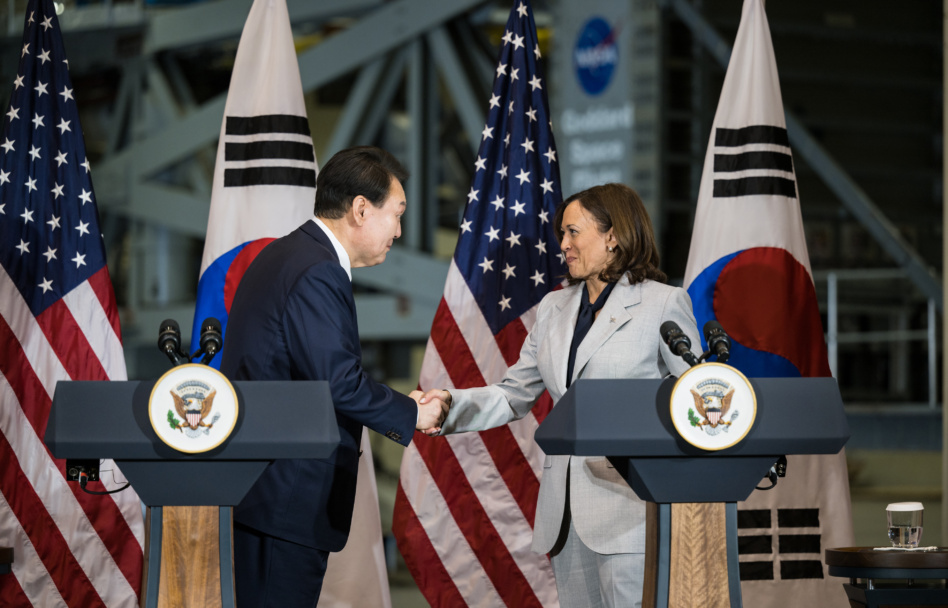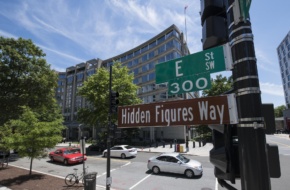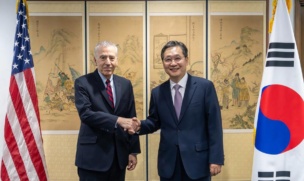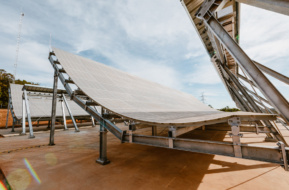VP Kamala Harris and South Korean President Yoon Suk Yeol visited Goddard Space Flight Center outside DC on Tuesday to get a firsthand look at the agency’s work to monitor and combat climate change.
Hot mess: Harris, who chairs the National Space Council, and Yoon, who is in DC for a state visit, received briefings on NASA’s recently-launched TEMPO mission, which will measure air pollution over North America, as well as Seoul’s Geostationary Environment Monitoring Spectrometer, which has been monitoring air quality in the Pacific since it launched in 2020.
Harris on Tuesday said she directed the National Space Council to ensure these programs can also monitor the southern hemisphere, including Africa and South America.
“This can not be a global initiative if any nations around the world are excluded,” she said.
Better together: US and South Korean officials signed a joint statement of intent to boost space cooperation between the two nations in areas such as space communications; research on the Moon’s surface; astrophysics and planetary science; and space exploration, according to a White House official. South Korea has already signed on to the Artemis Accords.
The Biden administration has made space a centerpiece of the two state visits it’s hosted so far, showing the soft power opportunities afforded by collaboration in orbit. When French President Emmanuel Macron came to the US in November, he paid a visit to NASA HQ in DC.
Secrets of the cosmos: Harris and Yoon also saw the Nancy Grace Roman Space Telescope, a wider-view follow on to the Hubble Space Telescope that is led by researchers at Goddard. The telescope is expected to capture light from a billion galaxies over its five year mission after launching in the mid-2020s.




